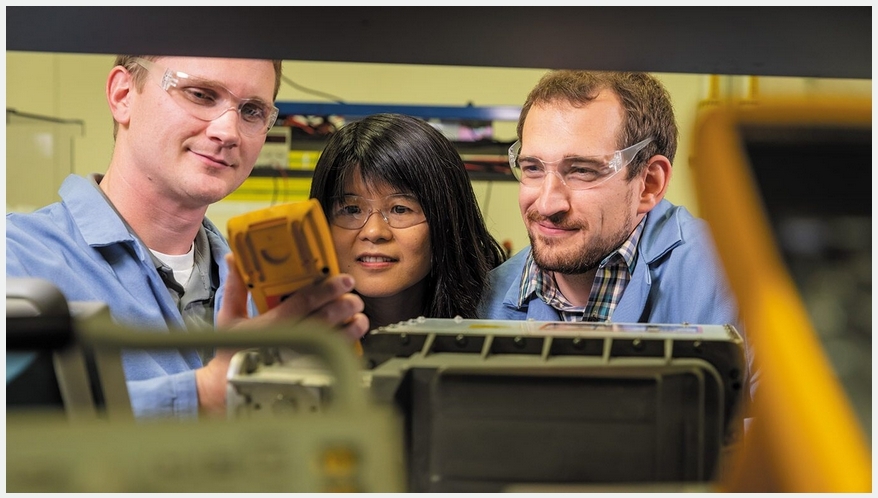Decrease costs. Improve efficiency.
These are all-too-familiar prompts for anyone in the heavy equipment industry. And it’s no surprise – even small tweaks to the machine or its components can turn out to be competitive advantages that have dramatic impacts on performance.
The changing landscape of the heavy equipment industry, along with the rise in electric and hybrid technology, is pushing manufacturers to explore new ways of creating and capturing value – especially when it comes to the use of electric power.
- Is there an opportunity to reduce the size and cost of electronic components for any electrification application?
- How do we meet reliability needs as well as cost targets?
- Will we give up performance?
At John Deere Electronic Solutions (JDES), our approach is to start with the end in mind. By truly understanding the machine’s at-work profile and what pressures the end customer may face on a day-to-day basis, we are able to design options that result in a highly efficient solution.
One size doesn’t fit all
Richard Wainwright, senior staff electronic design engineer at JDES has tackled many of these questions in discussions with OEM customers, often within the context of power inverters and specifically bus capacitance.
“While we can’t afford to accommodate every potential capacitance value need out there, the fact is the DC link capacitor is a significant part of the inverter and one that impacts cost in addition to size,” he said. “Knowing our customer’s machine profile helps us determine what the overall needs are, and how the power through the inverter is truly being used.”
To help the customer select the best capacitor option for their application, we’ve used our years of experience to develop a tool that helps us better-set parameters for the application, including:
- Power to the load at key operating points
- Fundamental and switching frequencies
- Modulation indexes required for key operating points
- Pulse width modulation schemes to be employed
The analysis also considers operating time at max temp and voltage, and it uses histogram data showing hours of operation at various power levels.
Once JDES engineers have learned the mission profile, they can better understand what will be demanded from the bus capacitor.
“In a recent customer focus application that used the standard PD400 inverter, we used this analysis and determined we could effectively select a smaller bus capacitor and still achieve system-level requirements in a more efficient manner,” said Wainwright.
Modular features for efficient use of power
Instead of using just the modulation index, variable DC link voltage creates lower line-to-line voltages while increasing the operating life of the capacitor. It also reduces unnecessary stress on the machine.
To help customers refine their bus capacitor selection, JDES offers multiple size options. By evaluating opportunities for optimization, these options can help provide additional variability for the best system solution.
Another example of modularity is with the options for the DC-link connection. JDES offers scalable DC link junction boxes to optimize this interface for each application. In addition to our standard junction box, we offer a high-power junction box that provides customers the ability to bring in two sets of DC link cables – delivering up to 425 kW of power. This can be used in a dual generator or dual traction drive application.
The final – and perhaps most important benefit – is cost reduction. By evaluating opportunities for optimization, and determining a reduction in capacitor size, where appropriate, we can support lower cost solutions.
The bottom line is this – by using years of in-house data and experience, we are not only able to design a highly optimized component that interacts with a piece of the machinery but we’re also able to truly understand how that component will impact the machine and the end customer who is operating it.
At an electronic component level, by optimizing the capacitor solution, you optimize your power-performance solution. Ultimately, this can have dramatic effects on the end user’s ability to operate their machinery in the challenging conditions they face on a day-to-day basis, such as schedule constraints, weather, labor issues and much more.



